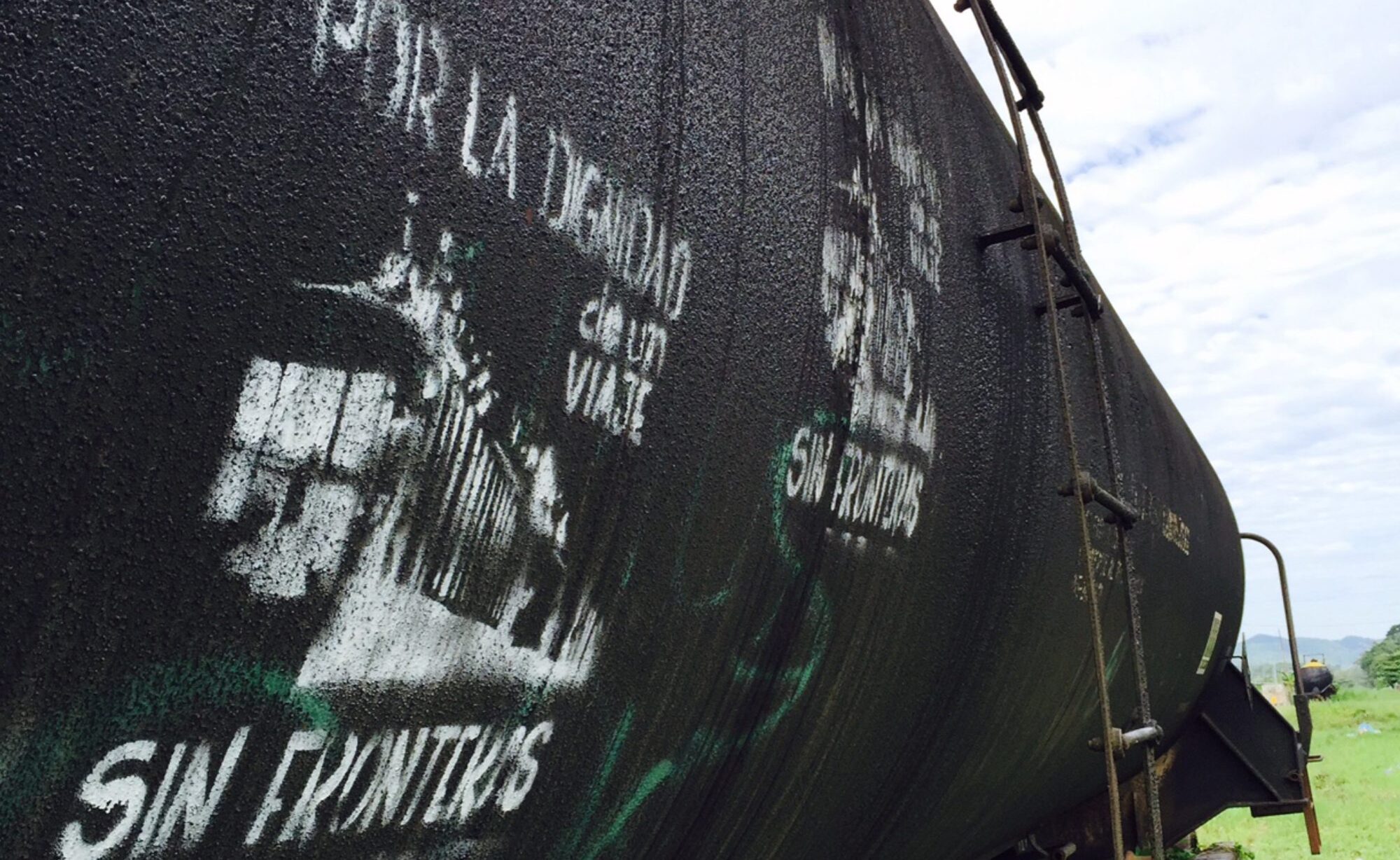Dotted throughout the Arizona-Sonora borderlands are more than forty new surveillance towers, the backbone of a “virtual wall” — the newest symbol of the border’s ever-expanding fortification. US Customs and Border Protection (CBP) has equipped the towers with sophisticated long-range, night vision, infrared cameras, and wide-ranging ground-sweeping radar. All of the feeds go into the command-and-control centers where agents (or National Guard soldiers) stare at monitors all day and all night, listening for alerts from one of the thousands of implanted motion sensors in the desert. On these screens it is highly likely that the towers’ solar-powered cameras will capture the growing numbers displaced by the droughts and hurricanes battering Central America — and the rest of the hemisphere and the world.
The climate plan of the Department of Homeland Security stands in sharp contrast to the Green New Deal (GND), championed by Rep. Alexandria Ocasio-Cortez, that came to the forefront of US politics at the end of 2018. The Department of Homeland Security has made a commitment to reduce its greenhouse gas emissions by 25.3 percent by the year 2020. But more significantly, they plan to expand a fortified and foreboding border apparatus, one that entails the arrest, incarceration, and expulsion of people who cross the US border without authorization, at least partly in anticipation of a growing number of climate refugees. The overcrowded prison camps that have received considerable media scrutiny this year are yet another glimpse into a future of intensified eco-apartheid.
Read the rest, as originally published in Jacobin, here.
